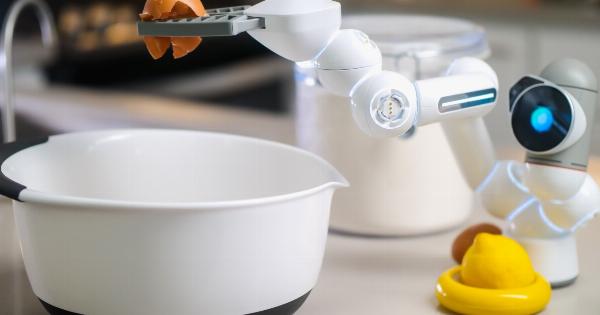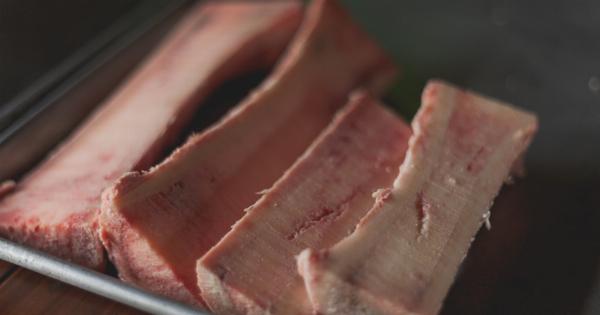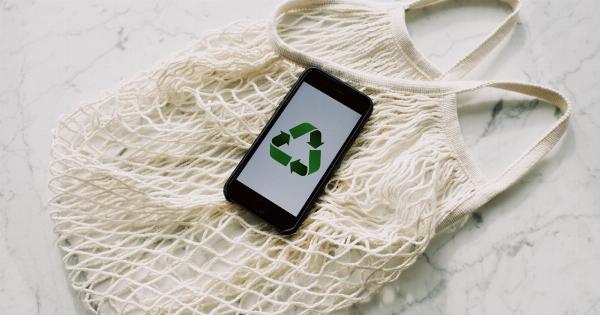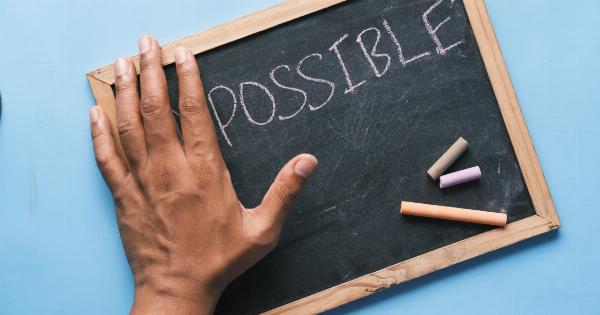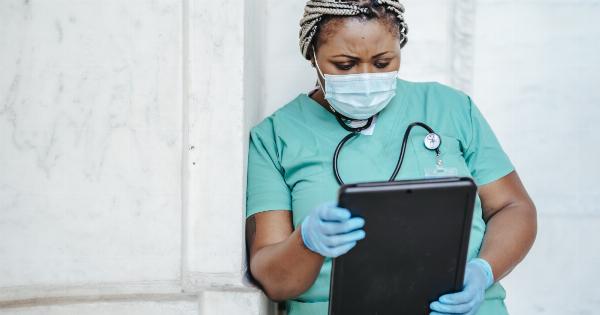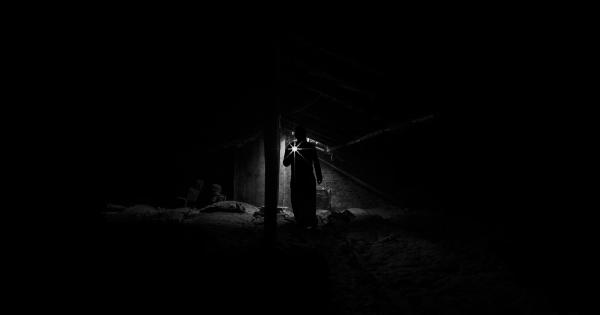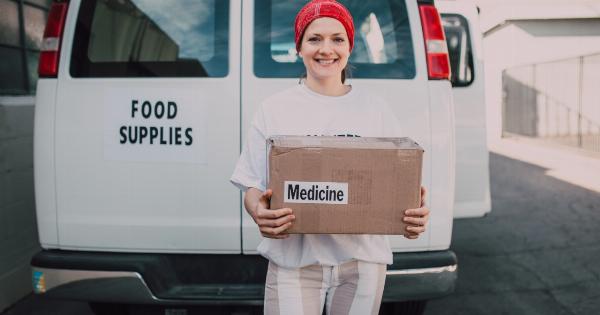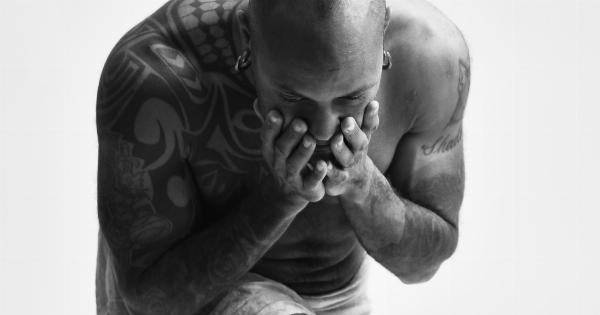Bone marrow is a spongy tissue found inside our bones that produces different types of blood cells, such as red and white blood cells, platelets, and other essential components of our immune system.
Bone marrow transplants are often necessary to treat conditions such as leukemia, lymphoma, and other blood-related disorders. However, finding a matching donor for a bone marrow transplant can be challenging. In the past, only a small number of people were registered as bone marrow donors, which made the process of finding a compatible match even more difficult.
What is Bone Marrow Donation?
Bone marrow donation is the process of harvesting bone marrow stem cells from a donor and transplanting them to a patient in need.
The procedure is the last resort for patients with certain types of blood cancer, such as lymphoma or leukemia, and other blood-related diseases that affect the bone marrow. The transplant can help to restore a patient’s immune system and improve their chances of recovery.
There are two types of bone marrow donation: Autologous and Allogeneic.
Autologous bone marrow transplant involves collecting bone marrow cells from the patient’s blood or bone marrow before administering chemotherapy or radiation therapy to destroy all cancer cells in the body. Once the cancer cells are eradicated, the harvested bone marrow cells are transplanted back into the patient’s body to rebuild the immune system.
On the other hand, Allogeneic bone marrow donation involves collecting bone marrow cells from a matching donor to transplant into the patient’s body.
The Importance of Bone Marrow Donation
Bone marrow donation can be life-saving for many patients who suffer from various blood and marrow-related diseases. However, finding a matching donor can be challenging, especially for those of ethnic minority backgrounds.
According to the National Marrow Donor Program (NMDP), ethnic minorities have a less than 25% chance of finding a matching donor compared to their white counterparts, due to a lack of diversity in the bone marrow registry.
Therefore, the promotion and increase in bone marrow donors are necessary to increase the chances of finding a matching donor, which significantly improves a patient’s chance of survival.
Factors That Affect Bone Marrow Donation
The following factors often discourage people from registering as bone marrow donors:.
- Lack of information about bone marrow donation
- Misconceptions about the bone marrow donation process
- Lack of trust in the healthcare system
- Fear of needles and medical procedures
- Personal or religious beliefs
- Language and cultural barriers
- Geographical factors
These factors have contributed to the low numbers of bone marrow donors in the past. However, efforts are being made to address these issues and encourage more people to register as bone marrow donors.
Efforts to Increase Bone Marrow Donors
Organizations such as the National Marrow Donor Program (NMDP) and Be the Match have been working tirelessly to raise awareness and encourage more people to register as bone marrow donors.
The Be the Match registry is the largest and most diverse bone marrow registry in the world, with more than 22 million donors registered to date. They have launched various campaigns and outreach programs to educate the public about bone marrow donation and overcome the cultural, social, and geographical barriers that prevent people from becoming donors.
In recent years, the number of bone marrow donors has increased significantly. According to Be the Match, there was a 60% increase in new donor registrations from 2018 to 2019.
This increase is due to various factors, including the introduction of new donation techniques, awareness campaigns, and outreach programs to encourage more people to register as donors.
How to Become a Bone Marrow Donor
Registering as a bone marrow donor is easy. Here is how to become a donor:.
- Find a registered donor program: You can register with the National Marrow Donor Program or Be the Match registry. Signing up is easy, and you can do it online or in person.
- Submit a swab: Once you have registered, you will need to submit a swab of your cheek cells. The swab is used to determine your tissue type, which is then entered into the donor registry.
- Wait for a match: If you are a match for a patient in need, you will be contacted by the donor program. You can then choose to donate your bone marrow or stem cells.
- Donation: There are two methods of donation: peripheral blood stem cell (PBSC) donation and bone marrow donation. The PBSC method involves withdrawing blood from your arm, filtering out the stem cells, and returning the remaining blood back to the arm. The bone marrow donation method involves withdrawing liquid marrow from the back of your pelvic bone using a syringe.
The Impact of Increased Bone Marrow Donors
The increase in bone marrow donors has been significant, and it has resulted in more patients being able to receive transplants and improve their chances of survival.
Furthermore, with more donors registered, the chances for patients from ethnically diverse backgrounds of finding a matching donor have significantly increased. Consequently, the outcomes for patients with blood and marrow-related illnesses have been improving.
Conclusion
Bone marrow donation is a life-saving procedure for patients suffering from various blood and marrow-related diseases. The lack of donors had made it difficult to find matching donors, particularly for patients from ethnically diverse backgrounds.
However, organizations such as Be the Match and the National Marrow Donor Program have succeeded in significantly increasing the number of potential donors through awareness campaigns and outreach programs. With the increase in donors, the chances of matching patients with compatible donors have also improved. Therefore, it is crucial to continue these efforts to ensure more patients can receive the transplants they desperately need.

